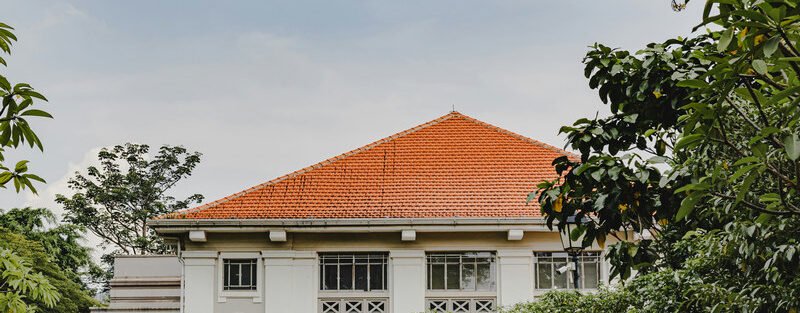How to Choose Roofing Materials: A Guide to Types and Properties
Choosing roofing materials is an important step in building or renovating a house. The roof protects the building from weather conditions and affects the thermal insulation, durability, and appearance of the structure. There are many roofing material options on the market, each with its own characteristics, advantages, and disadvantages. In this article, we will look at the main types of roofing and their properties to help you make the right choice.
1. Metal roofing
Metal roofing is one of the most popular roofing materials due to its excellent performance characteristics and appearance. It is made of steel sheets with a polymer coating, which makes it durable and resistant to corrosion. Advantages:- Durability (lasts 30-50 years).
- Light weight, which reduces the load on the roof.
- High resistance to precipitation and wind.
- Easy installation.
- Increased noise during rain.
- Requires high-quality heat and sound insulation.
- Ideal for: houses and cottages with any climate, where the appearance of the roof is important.
2. Flexible tiles (bituminous)
Flexible tiles, also known as bituminous, are made of fiberglass impregnated with bitumen and covered with protective granulation. This material is popular due to its flexibility and variety of shapes and colors. Advantages:- Flexibility allows you to lay it on roofs of complex shapes.
- Quiet, does not create noise during rain.
- Attractive appearance with a wide selection of colors and textures.
- Resistant to corrosion and decay.
- Relatively short service life (up to 30 years).
- Need for high-quality roof ventilation.
- High cost of installation.
- Ideal for: houses with non-standard architecture or complex roofing structures.
3. Ceramic tiles
Ceramic tiles are a traditional roofing material known for their durability and environmental friendliness. They are made from natural clay and fired at high temperatures. Advantages:- Durability (lasts over 100 years).
- High fire resistance.
- Excellent sound and heat insulation.
- Environmental friendliness and natural look.
- Heavy weight, requires a reinforced roof frame.
- High cost of material and installation.
- Fragility during transportation and installation.
- Ideal for: classic and historical buildings, as well as for regions with a hot climate.
4. Ondulin (euro slate)
Ondulin is a lightweight and inexpensive material made from cellulose fibers impregnated with bitumen. It is easy to install and flexible. Advantages:- Lightness, which reduces the load on the roof structure.
- Resistance to moisture and mold.
- Easy to install.
- Affordable price.
- Relatively short service life (up to 15-20 years).
- May fade under the influence of ultraviolet radiation.
- Susceptible to mechanical damage.
- Ideal for: temporary buildings, utility and garden buildings.
5. Natural slate
Natural slate is an elite roofing material that is distinguished by its luxurious appearance and long service life. It is made of natural stone, which makes each tile unique. Advantages:- Durability (lasts more than 150 years).
- High strength and resistance to weather conditions.
- Natural and environmentally friendly material.
- Fire resistance.
- Very high cost of material and installation.
- Heavy weight, which requires a reinforced roof structure.
- Complex installation, requiring professional skills.
- Ideal for: luxury homes, historical buildings and high-budget projects.
- Easy and simple installation.
- Low price.
- Resistance to corrosion with a protective coating.
- Wide range of colors.
- Low sound insulation, makes noise during rain.
- Less aesthetic appeal compared to other materials.
- Subject to corrosion if the coating is damaged.
- Ideal for: outbuildings, warehouses, industrial buildings.


